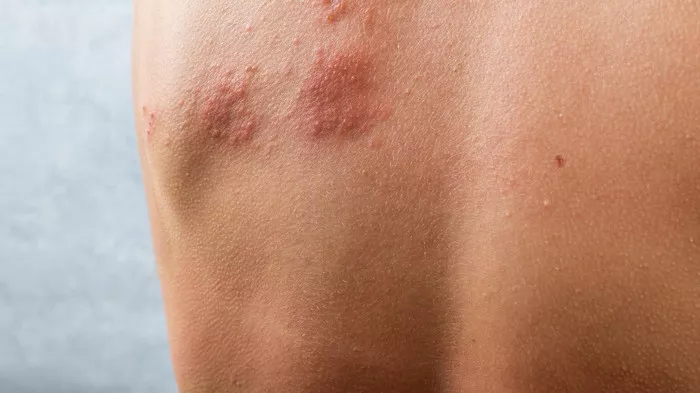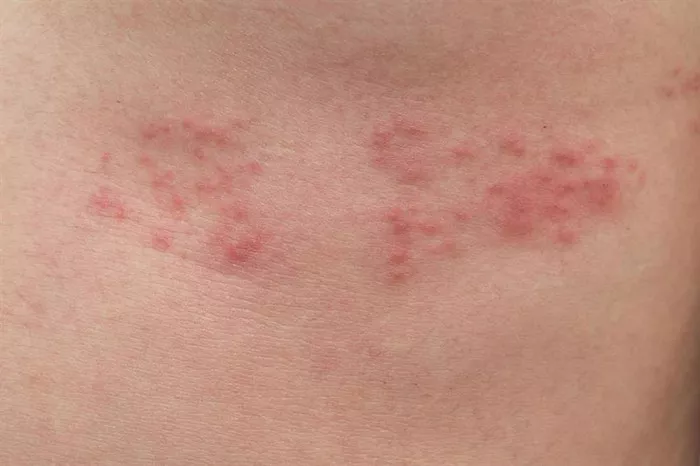Pain is a universal human experience, but not all pain is created equal. Some pains are transient, while others persist, affecting various aspects of our lives. Shingles, a viral infection caused by the varicella-zoster virus—the same virus that causes chickenpox—manifests with a unique type of pain that can be both debilitating and persistent. Understanding the nature of this pain is crucial for effective management and improved quality of life for those affected.
The Onset: A Prelude to Unrelenting Discomfort
Shingles typically begins with a prodromal phase characterized by sensations such as tingling, burning, or itching in a specific area of the skin. This phase, which precedes the appearance of the characteristic rash, can last for several days or even weeks. It is during this phase that individuals may start to experience the distinctive pain associated with shingles.
Unlike acute pain, which serves as a warning signal for immediate tissue damage or injury, the pain of shingles arises from the inflammation of nerves infected by the varicella-zoster virus. This neuropathic pain, often described as sharp, stabbing, or shooting, follows the distribution of the affected nerve fibers, which typically correspond to a single dermatome—a specific area of skin supplied by a single spinal nerve.
The Rash: A Visible Manifestation of Internal Agony
As the infection progresses, a characteristic rash appears, consisting of clusters of fluid-filled blisters on an erythematous base. This rash, which is usually unilateral and confined to one side of the body, follows a dermatomal pattern, mirroring the affected nerve pathway. While the rash itself can be painful and sensitive to touch, it is the underlying nerve inflammation that intensifies the discomfort experienced by individuals with shingles.
The pain associated with the rash can vary in intensity from mild to excruciating, and it may be accompanied by other sensory disturbances, such as tingling, numbness, or hypersensitivity to stimuli. Activities that involve movement or pressure on the affected area, such as walking or wearing tight clothing, can exacerbate the pain, making even simple daily tasks challenging.
Chronic Pain: Lingering Aftermath of Acute Agony
For some individuals, the pain of shingles does not subside with the resolution of the rash. Instead, it persists beyond the acute phase of the infection, transitioning into a chronic condition known as postherpetic neuralgia (PHN). PHN is characterized by persistent neuropathic pain in the affected dermatome, lasting for months or even years after the acute episode of shingles has resolved.
The mechanisms underlying the transition from acute shingles pain to chronic PHN are not fully understood, but it is believed to involve a combination of factors, including ongoing nerve damage, inflammation, and changes in the central nervous system’s processing of pain signals. This transition underscores the importance of early and aggressive management of shingles pain to minimize the risk of chronic sequelae.
Impact on Quality of Life: Beyond the Physical Realm
The pain of shingles extends beyond the realm of physical discomfort, profoundly impacting various aspects of an individual’s life. Chronic pain, in particular, can have far-reaching consequences, affecting mental health, social functioning, and overall well-being.
Individuals with shingles pain may experience insomnia, anxiety, depression, and diminished quality of life. The constant struggle with pain can erode one’s sense of self-efficacy and resilience, leading to feelings of frustration, helplessness, and isolation. Moreover, the unpredictability and chronicity of shingles pain can disrupt work, relationships, and leisure activities, further exacerbating the burden on affected individuals and their caregivers.
Multimodal Management: A Holistic Approach to Alleviating Suffering
Given the complex nature of shingles pain and its profound impact on quality of life, effective management requires a multimodal approach that addresses both the physical and psychosocial aspects of pain. This approach may include pharmacological interventions, such as antiviral medications, analgesics, and adjuvant agents targeting neuropathic pain mechanisms.
Nonpharmacological modalities, such as physical therapy, acupuncture, transcutaneous electrical nerve stimulation (TENS), and psychological interventions, such as cognitive-behavioral therapy (CBT) and mindfulness-based stress reduction (MBSR), can also play a vital role in pain management by promoting relaxation, improving coping skills, and enhancing resilience.
Furthermore, patient education and support are essential components of comprehensive pain management, empowering individuals with shingles to actively participate in their care and make informed decisions regarding treatment options. Support groups, online forums, and educational resources can provide valuable peer support, practical advice, and encouragement for individuals navigating the challenges of shingles pain.
Conclusion
In conclusion, the pain of shingles is a distinctive and often debilitating manifestation of viral infection, characterized by neuropathic sensations that can persist long after the resolution of the acute rash. Understanding the nature of shingles pain and its impact on quality of life is essential for healthcare providers, caregivers, and affected individuals alike.
By adopting a multimodal approach to pain management that integrates pharmacological and nonpharmacological interventions, as well as patient education and support, we can alleviate suffering, restore function, and improve the overall well-being of individuals living with shingles pain. Through collaborative efforts and compassionate care, we can provide hope and relief for those affected by this challenging condition.























